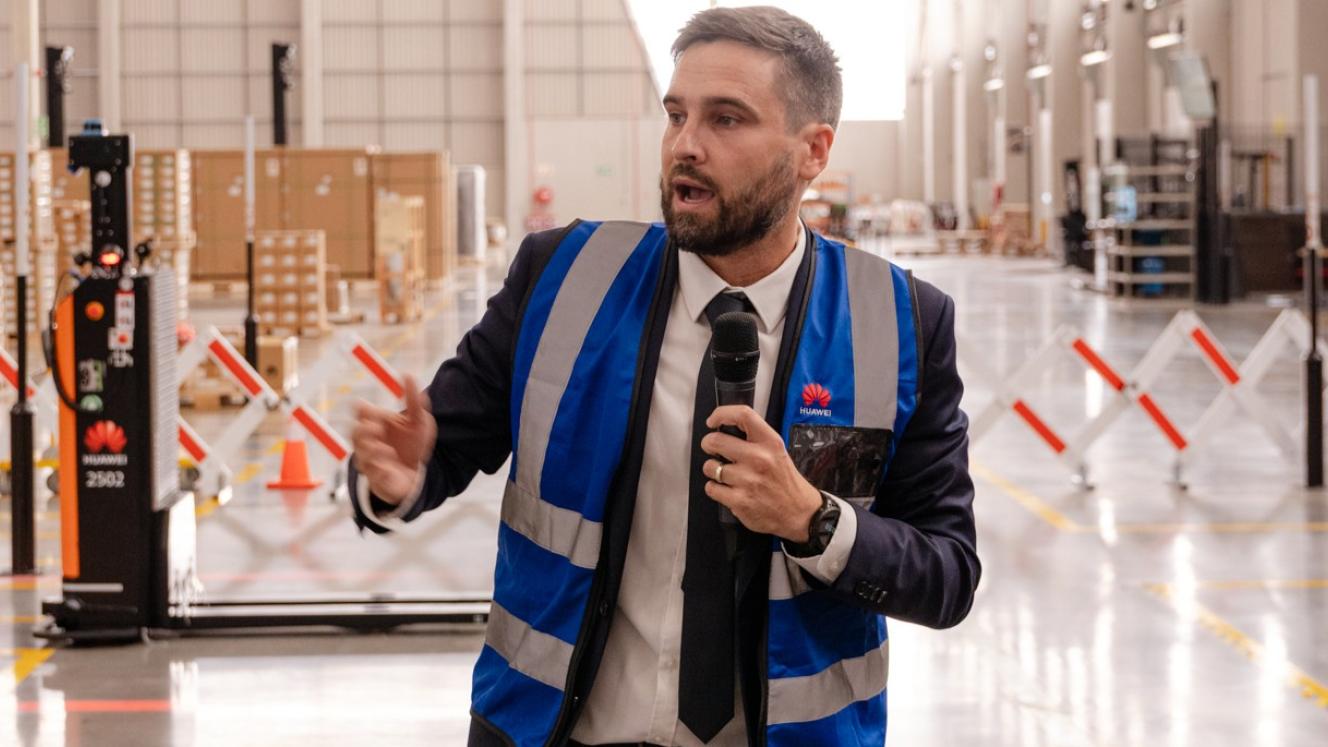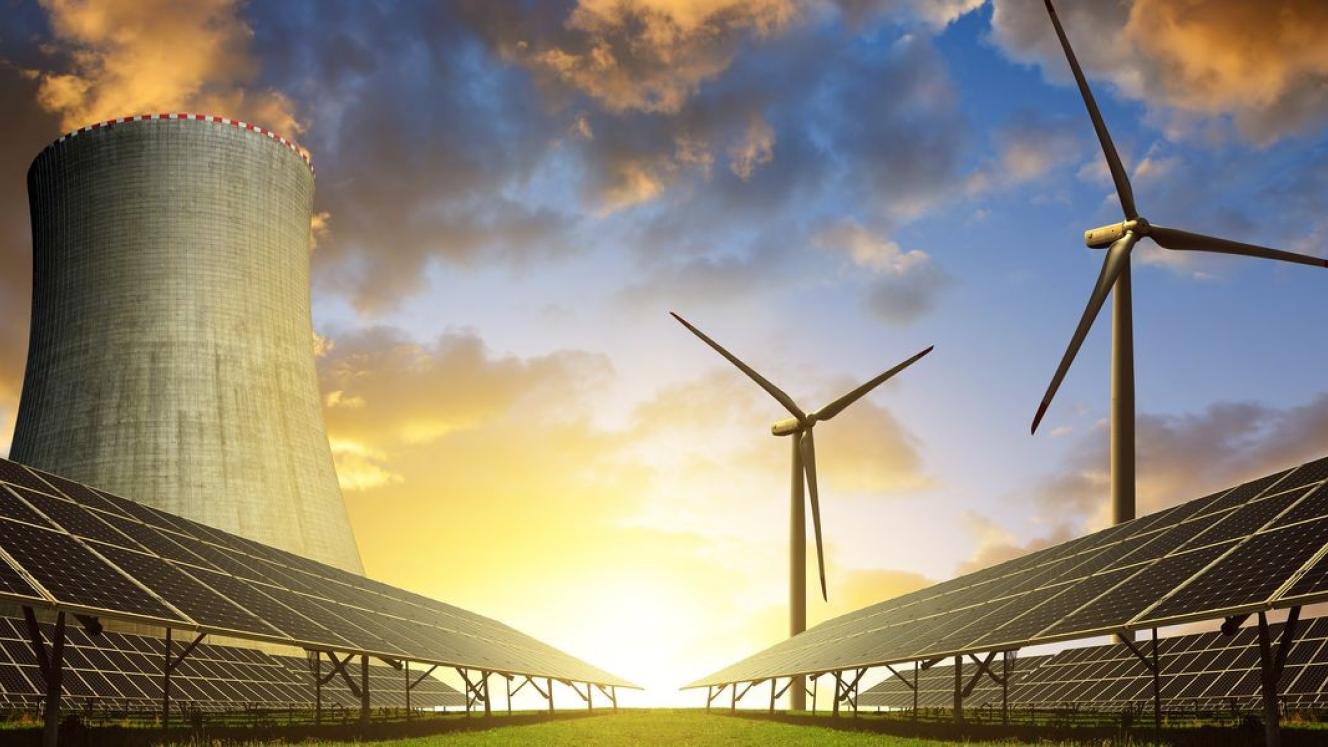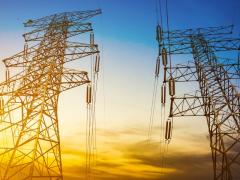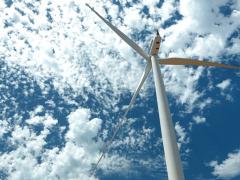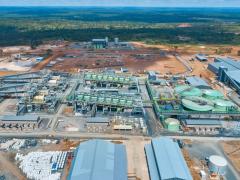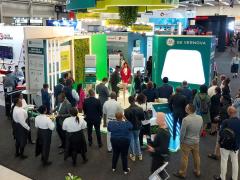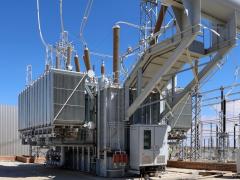Huawei has commissioned a new 30 000 m² warehouse in Johannesburg designed around its GEM model – green energy, e-security and modern logistics – integrating rooftop solar generation, lithium-ion battery systems and AI-driven automation. The facility aims to reduce grid dependency, enhance stock accuracy and cut operational downtime.
The warehousing capacity is 14 000 m² and capable of storing 12 000 m² of stock and, according to Stevin Du Plessis, Logistics Manager for Huawei South Africa’s Supply Chain Business Department, is split in two:
- One section is dedicated to in- and outbound tech movement.
- The other handles localised supplies and spare parts.
Warehousing is subject to a “rapidly evolving marketplace” where sustainability has taken centre stage, Meng said at a launch event at the facility last week.
The smart tech developer believes the real magic is happening inside the facility’s premier warehouse, which is operated by five automated guided vehicles (AGVs) and three automated guided forklifts (AGFs) rather than an overabundance of pickers.
Du Plessis explained that the latest WiFi routing technology was used to ensure automation requirements are met, eliminating connectivity downtime. In addition, about 60 live cameras throughout the warehouse “means there is no blind spot”.
“It provides us with a specific type of AI functionality that enables us to identify certain aspects,” he said. For example, if there is human interference in the automated process of the warehouse’s stock arrangement and movement, the AI-driven security system could immediately flag it.
“It’s one of the reasons why this is a 100% accurate warehouse without any losses,” Du Plessis said.
Thanks to the integration of seamless in- and outflow systems and the deployment of AGVs and AGFs, Huawei has reduced human error, unnecessary picking movements and occupational hazard risks by limiting human involvement and centralising stock replenishment and dispatch procedures.
The system identifies incoming items and determines optimal placement based on demand and frequency. By grouping similar goods, it ensures efficient replenishment for fast and effective dispatch, Du Plessis said.
Officially, the facility’s picking efficiency is between 60 and 110 line items per hour, thanks to the AGVs and AGFs, which are capable of moving 600 kilograms and a tonne respectively, Huawei said.
When the machine batteries run low, they automatically go to recharge to avoid lithium-ion dips below 30%. Based on the AI-assessed workload at the time, they will recharge only to the level needed to complete their current tasks, returning for a full top-up later if necessary.
Through advanced AI methods, Huawei has been able to flip the proverbial script on traditional warehouse practice, said Principal Business and Strategy Consultant Alvin Korkie.
Whereas picking has traditionally been based on a persons-to-goods model, “we have been able to turn that around to goods-to-persons,” he said.
“Thanks to the intelligence of the warehouse management system (WMS), we know exactly what orders have been placed and, during downtime, pickers fetch replenishment stock for our machines to move into the respective areas of processing.
“It drives down the overtime of hi-rack pickers by about 150 hours a month, saving time and cutting down on human fatigue.
“Our solution isn’t human-driven. It’s tech-driven,” Korkie said.
